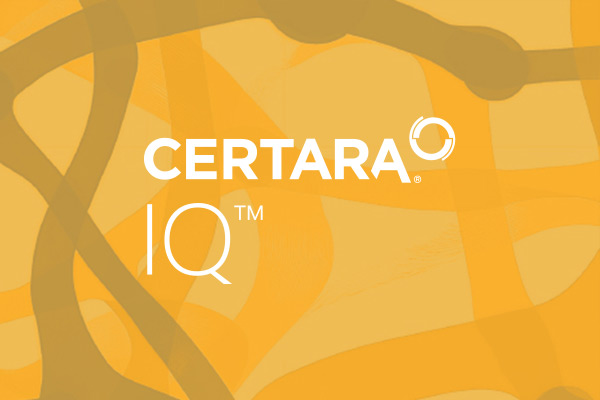November 25, 2025

Quantitative Systems Pharmacology-Based Virtual Twin® Approach for Clinical Development in Rare Diseases
Virtual Twin QSP models are being used to predict patient variability, optimize dosing, and accelerate development in rare disease clinical programs. Watch this webinar to see real-world applications and modeling insights in this space, driving smarter, more efficient trials.

Associate Director, Marketing – QSP, Certara
Jessica Sinha is an accomplished marketing leader with more than eight years of experience spanning B2B, brand, content, and digital marketing in the life sciences sector. At Certara, she leads strategic marketing initiatives for Quantitative Systems Pharmacology (QSP), combining her scientific foundation in bioengineering with a passion for clear, impactful communication.
FAQs
What is a Virtual Twin QSP model and how does it work?
A Virtual Twin QSP model is a data-driven, mechanistic simulation of an individual patient’s biology and disease state. Using Quantitative Systems Pharmacology (QSP), it integrates real-world clinical data, such as biomarkers, demographics, and treatment response, to predict how a patient may respond to therapy. This approach supports precision medicine by bridging patient variability and clinical decision-making.
How does Virtual Twin QSP modeling support rare disease drug development?
In rare disease drug development, patient populations are small and highly heterogeneous. Virtual Twin QSP models simulate thousands of “virtual patients” to explore disease progression, optimize dosing, and reduce clinical uncertainty. This approach helps researchers generate insights that guide trial design and regulatory decisions even with limited data.
Why are regulatory agencies interested in Virtual Twin QSP modeling?
Regulators such as the FDA and EMA recognize model-informed drug development (MIDD) as a valuable approach for rare and complex diseases. Virtual Twin QSP models offer mechanistic evidence that supports dose selection, trial design, and partial extrapolation between populations, helping build confidence in clinical and regulatory decision-making.
Learn more about Certara IQ
Certara IQ is the AI-enabled QSP modeling tool that will transform your research and scale your molecule’s potential.
Certara IQ offers flexible and scalable licensing options to cater to a variety of users and organization sizes.

See Certara IQ in Action





